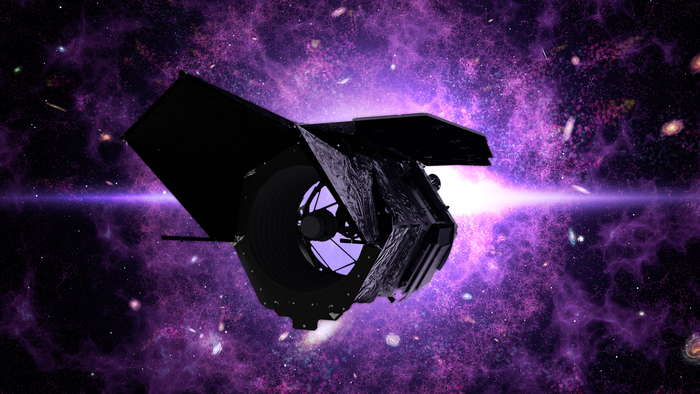
All around the world, a new generation of ground and space-based telescopes are under construction, and with them, we will finally be able to resolve the light of individual planets as they orbit around their stars. It is hoped that in the next decade we will find that Earth 2 – that world like ours that offers us a clear dream of finding life.
But new research, appearing in The Astrophysical Journal Letters and performed by Dean Robert Keithly and Dmitry Savransky, makes it clear that looking for that world and knowing for sure that we’re looking at it and not one of its siblings is going to be harder than we thought.
By and large, planets orbit stars in disks. When those disks are aligned so we’re looking straight down on the system, everything is simple, and we can watch the worlds – assuming we build the right telescopes – orbiting in a set of nesting orbits that keep them easy to tell apart. When a system becomes edge-on, however, everything becomes chaos. The worlds appear to bounce back and forth on overlapping lines, and because they are all at different distances, it is possible for a more distant gas giant to line up on the sky with a closer world, or for a super close and previously undetected world to appear shining bright.
Using computer models to imagine how our solar system would appear to observers all around the sky, they found that the differences of sizes and distances allowed Earth and Uranus to be mistaken for one another; we are after all both just pale blue dots. In other model solar systems, they found: …an Earth-like planet could be misidentified with a Mercury-like planet in 36% of randomly generated solar systems; with a Mars-like planet in about 43% of randomly generated solar systems; and with a Venus-like planet in more than 72% of randomly generated solar systems.
Similar issues arise in looking at the Galilean moons of Jupiter, but with a few weeks of consistent observing, those can be fairly well sorted. Since time is rare, we can only hope that when the time comes, we’ll be able to get access to the telescope time needed to sort alien Earths from Alien Uranuses.
More Information
Cornell University press release
“The Solar System as an Exosystem: Planet Confusion,” Dean Robert Keithly and Dmitry Savransky, 2021 September 23, The Astrophysical Journal Letters




 Join the Crew!
Join the Crew!
 Escape Velocity Space News
Escape Velocity Space News
0 Comments